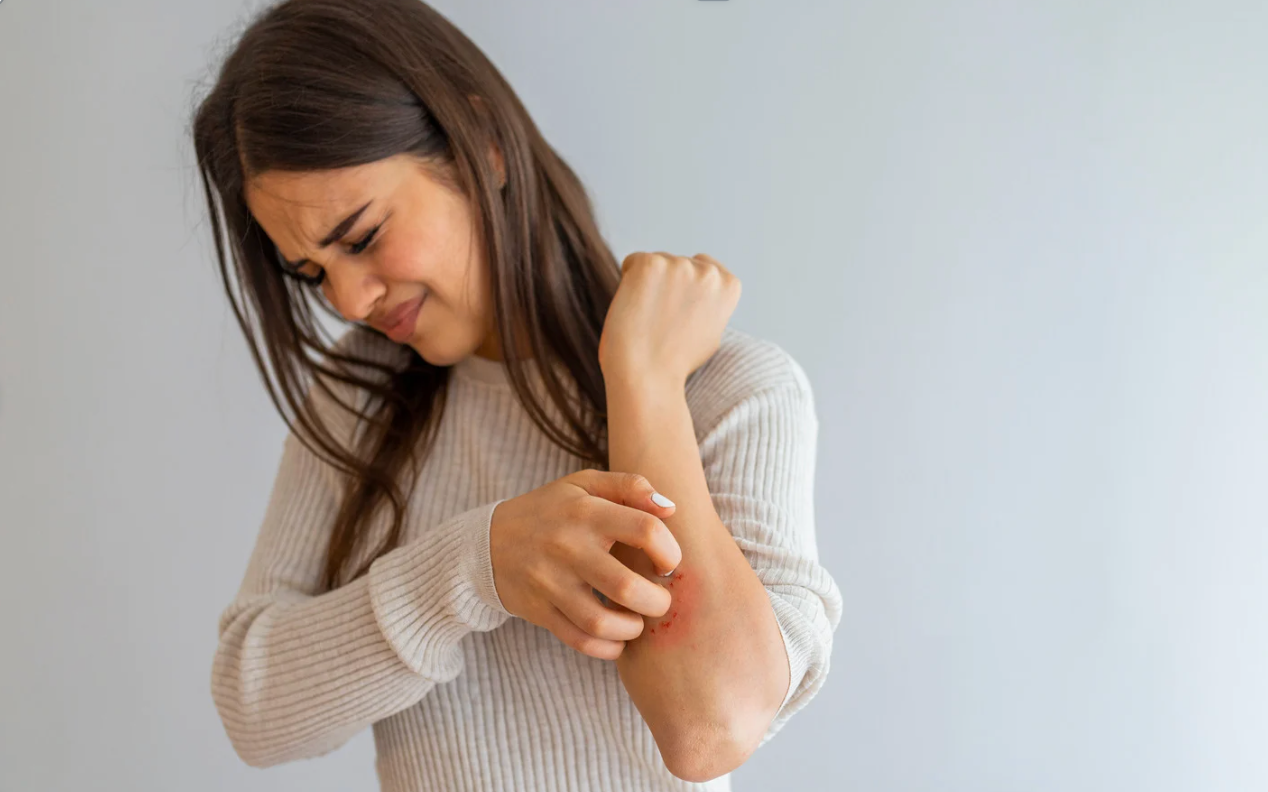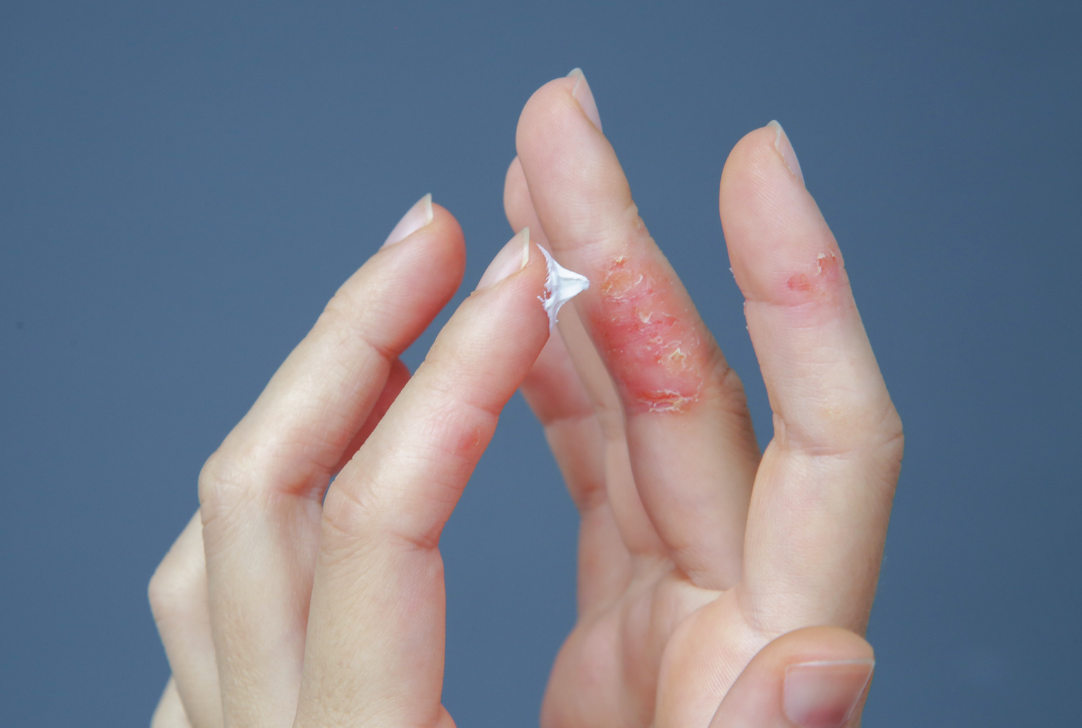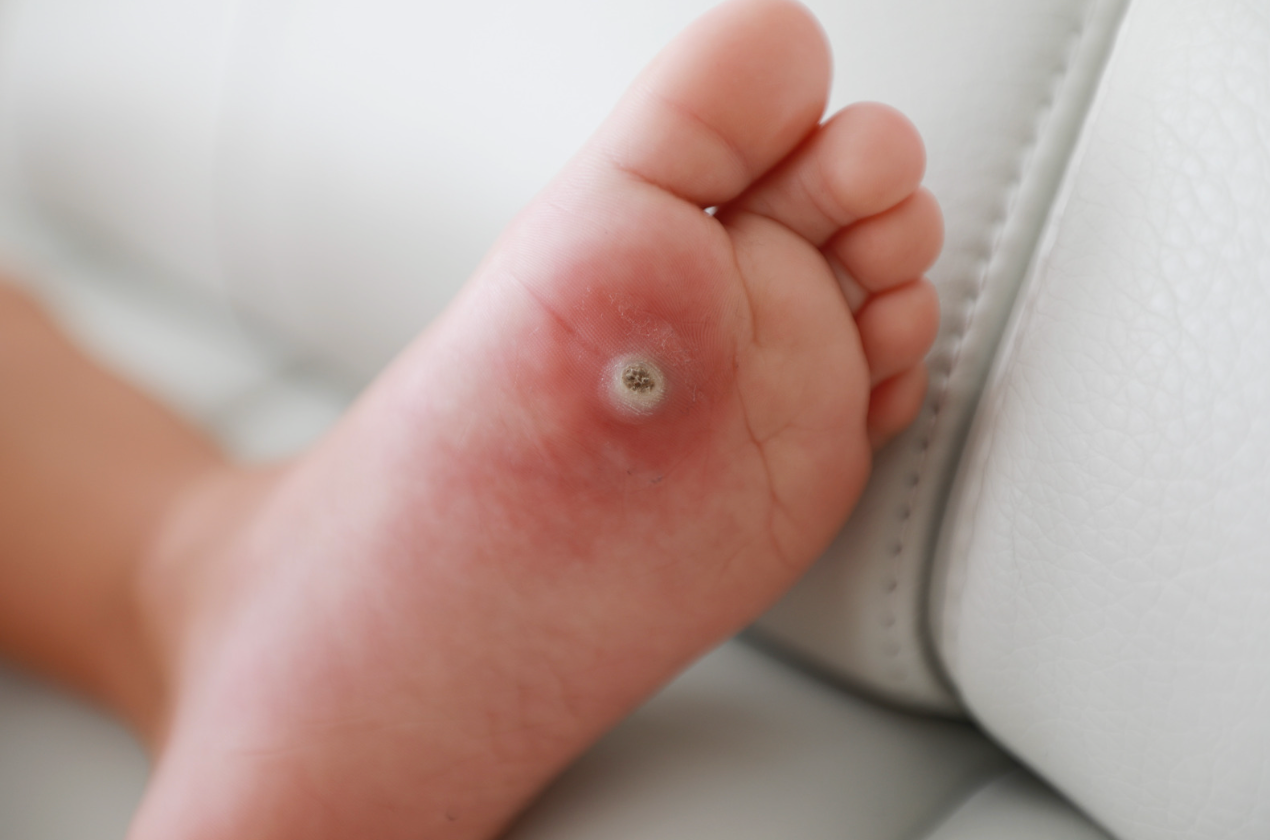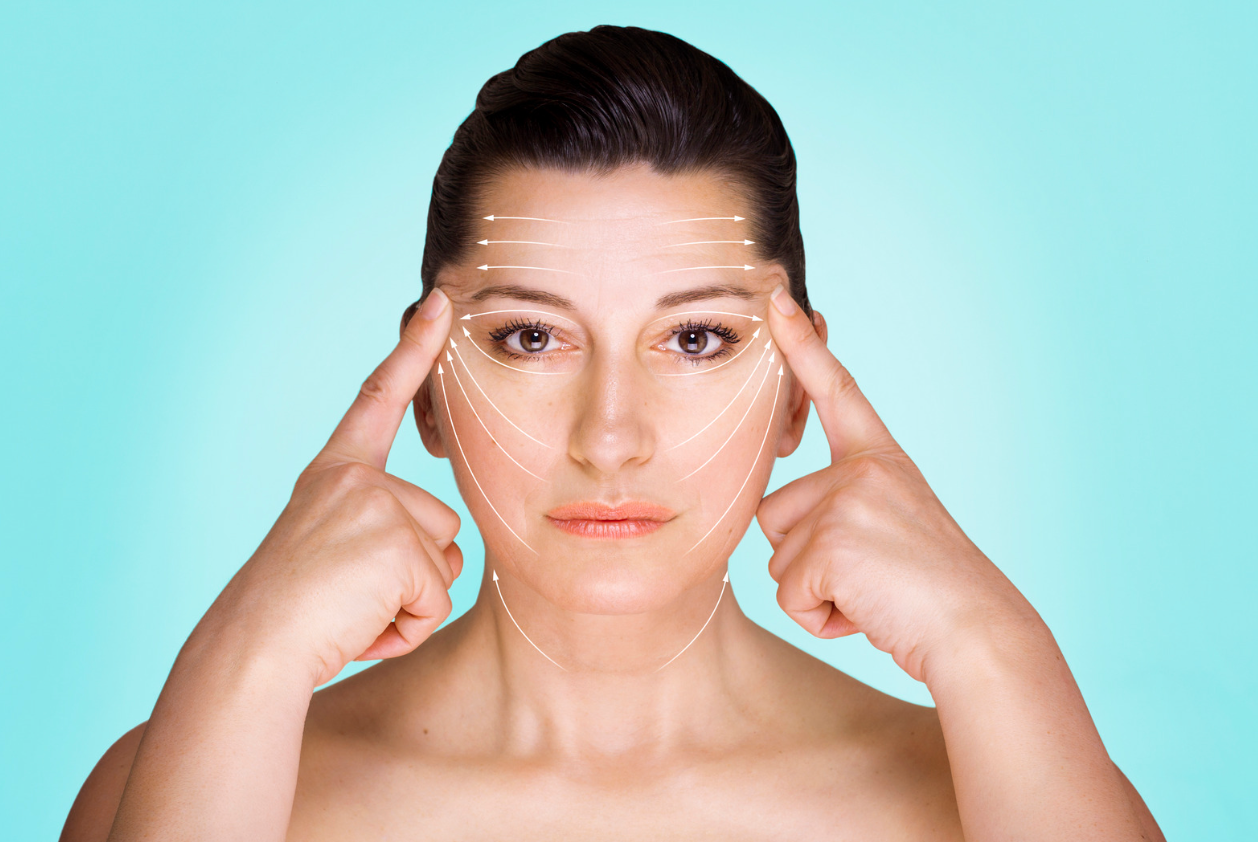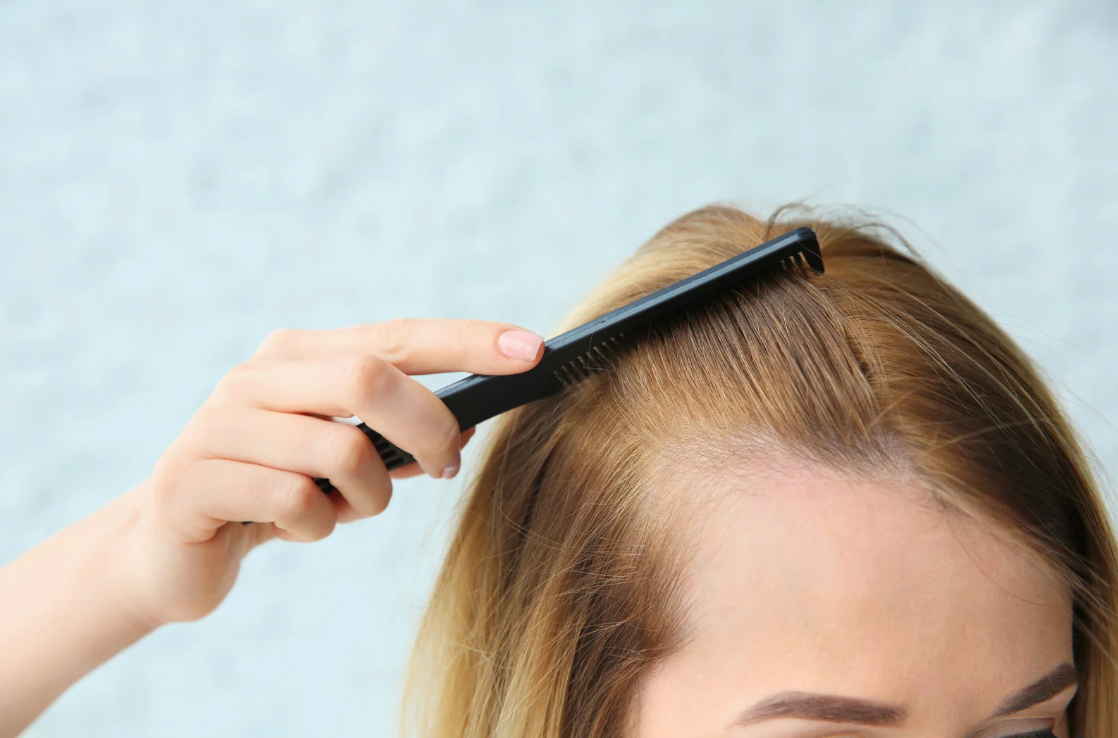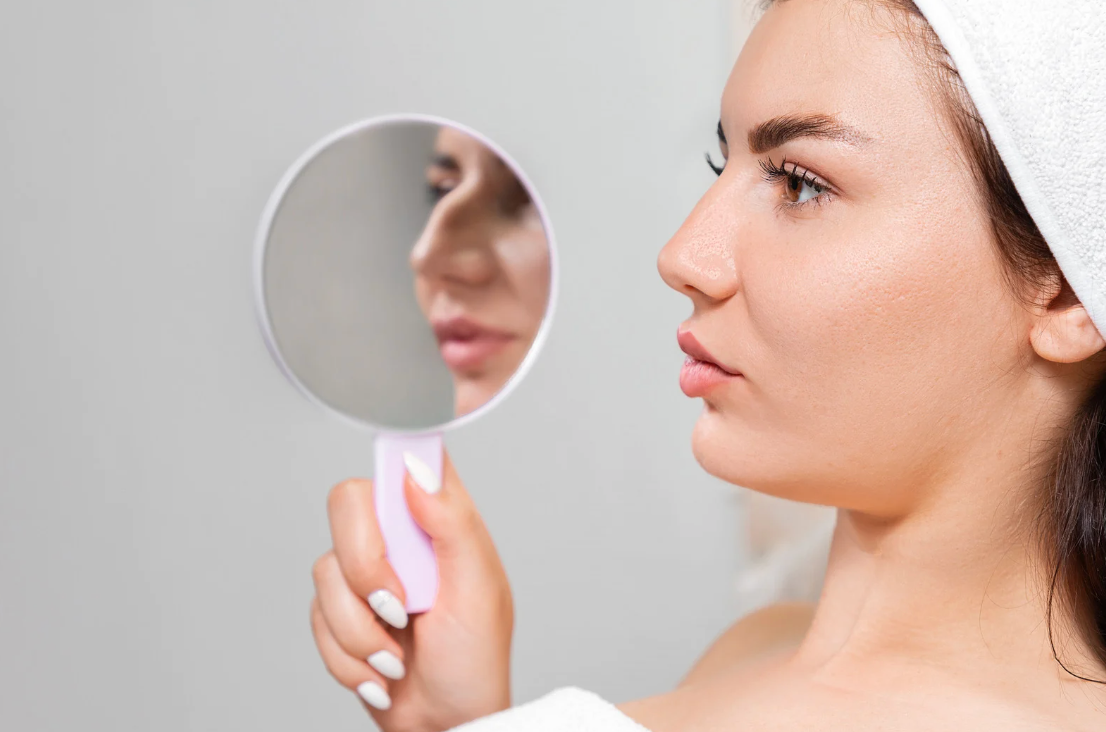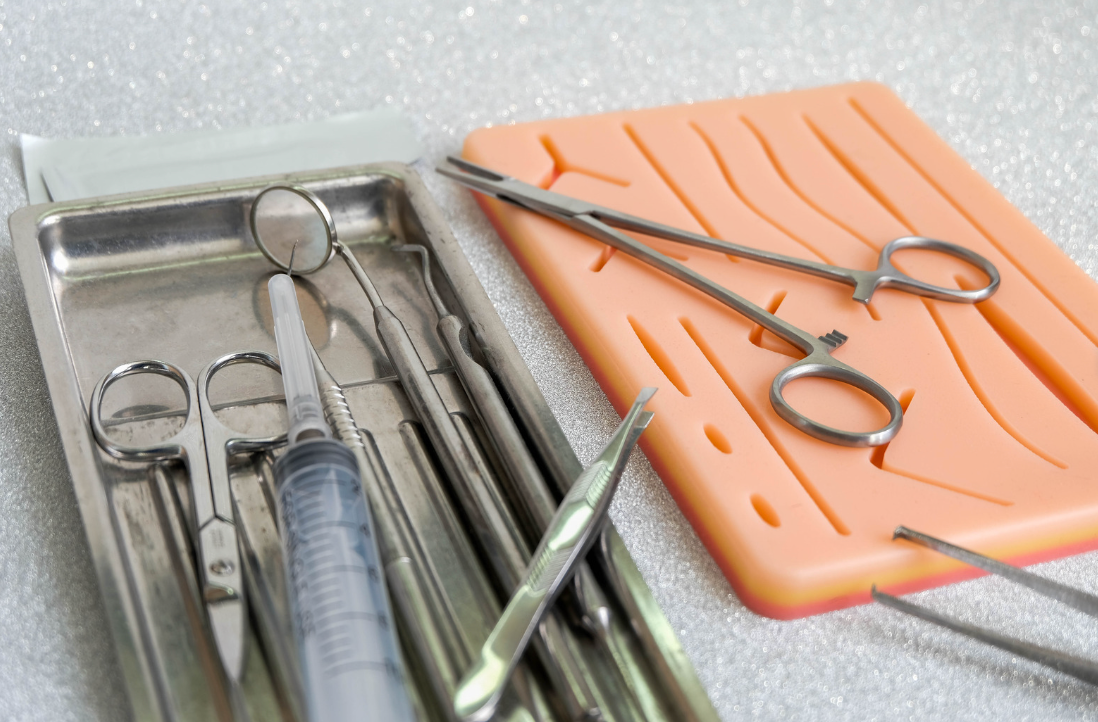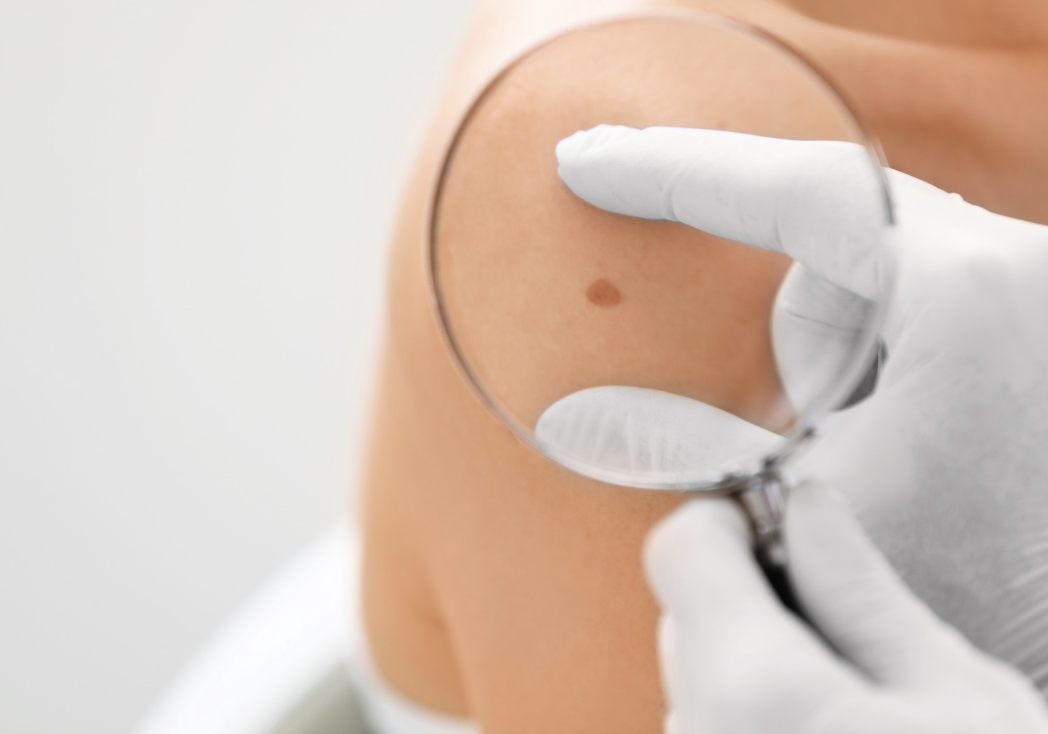The KEY to a Younger You: The Fotona 4D Laser
Discover the Magic of Fotona 4D Laser – Let's Dive In!
Wrinkles, fine lines, and uneven skin texture can become increasingly noticeable as we age. Enter the Fotona 4D facelift, a revolutionary non-invasive laser treatment that's garnering attention from both celebrities and anyone seeking to rejuvenate their appearance. In this comprehensive guide, we delve deeper into the workings, benefits, risks, and recovery associated with the Fotona 4D facelift.
Why the name "Fotona 4D"?
The Fotona 4D Facelift is not just a catchy name, but rather a testament to the technology's versatility. The "4D" alludes to its four distinct treatment modes, each addressing different skin concerns.
Despite the popularity of traditional treatments like facelifts, botox, and fillers, many individuals are seeking non-surgical interventions that offer subtle and natural results. This is where Fotona 4D steps in, bridging the gap between desire and innovation. Within merely 5 to 7 days post-procedure, most individuals witness noticeable improvements, making it a prime choice for pre-special event preparations.
How does the Fotona 4D facelift work?
Using advanced laser technology, Fotona 4D delivers controlled thermal energy to multiple skin layers. This precision allows for the removal of damaged skin cells on the surface and the stimulation of collagen in the deeper layers. The result? A comprehensive skin rejuvenation that targets both surface blemishes and deeper signs of aging, offering a youthful and vibrant complexion.
What type of laser is used?
The Fotona 4D system operates using a synergistic combination of two laser wavelengths: Nd:YAG and Er:YAG. This dual approach allows for both ablative (intense, but with more downtime) and non-ablative (gentler with quicker recovery) treatments. By providing a tailored experience, Fotona 4D ensures results that cater to varying skin types, ages, and concerns.
What should I expect during the procedure? How long does it last?
A typical Fotona 4D session lasts anywhere between 30 to 60 minutes. Before the procedure, a topical anesthetic may be applied to minimize any discomfort. Then, the practitioner will carefully administer the laser to the desired areas, ensuring even coverage and optimal results. After the session, it's not uncommon to experience some redness, swelling, and tenderness, but these symptoms are transient, usually fading within days.
Benefits of the Fotona 4D Facelift
Skin Tightening and Rejuvenation: Fotona 4D actively boosts the production of collagen and elastin, proteins responsible for skin firmness and elasticity.
Enhanced Complexion: As the treatment promotes the growth of fresh skin cells, it leads to a smoother, more even complexion.
Minimal Downtime: Being a non-surgical procedure, Fotona 4D ensures a faster recovery, with many individuals resuming their regular activities within a day
Risks and Adverse Effects
As with any cosmetic procedure, there are potential side effects:
Redness and swelling: Common post-procedure effects that generally subside within days. A cold compress can help alleviate the swelling.
Slight Discomfort: After the procedure, some might experience a tingling or stinging sensation. This is temporary and can be managed with over-the-counter pain relief.
Frequency of the Fotona 4D Facelift
Many individuals find optimal results with annual or bi-annual sessions. Consistent treatments can significantly reduce minor signs of aging. For deeper wrinkles or skin sagging, complementary treatments might be suggested.
While any time of the year is suitable for Fotona 4D, some choose the winter months due to the reduced sun intensity, minimizing potential risks associated with sun exposure post-treatment.
Does the Fotona 4D “melt” fat?
The Fotona 4D works to colloquially “melt” fat in a highly controlled manner. By heating up the skin to roughly 42 degrees celsius, the Fotona 4D laser uses heat to create a sculpting effect. Further, this laser contracts the collagen fibers in the targeted areas to create a tightening effect.
Am I a good candidate for the Fotona 4D Facelift?
To ensure the Fotona 4D facelift aligns with your skin goals and health, it's imperative to consult with a licensed dermatologist. During this consultation, potential risks, especially those linked to specific skin tones or types, will be discussed.
Conclusion
The Fotona 4D facelift is an innovative and efficient method for skin rejuvenation, blending cutting-edge technology with the body's natural healing processes. If you're curious about revitalizing your appearance without the invasiveness of surgery, reach out to a board-certified skin professional to discuss the Fotona 4D facelift.

@drcancerkiller
Los Angeles board-certified dermatologist and Mohs micrographic surgeon Dr. Hazany of Salar Hazany MD in Beverly Hills provides his patients with world class skincare. He offers skin cancer removal, active acne treatment, acne scarring removal, minimally invasive cosmetic dermatology procedures, and much more to patients of all ages from the greater Los Angeles area and all over Southern California including Beverly Hills, Bel Air, Brentwood, Century City, Westwood, Hollywood, West Hollywood, Santa Monica, Malibu, Venice, Marina Del Rey, Glendale, Pasadena, and the San Fernando Valley.

@drcancerkiller
Los Angeles board-certified dermatologist, micrographic dermatologic surgeon, and Mohs micrographic surgeon, Dr. Hazany, of Salar Hazany MD in Beverly Hills provides his patients with world class skincare. He offers skin cancer removal, active acne treatment, acne scarring removal, minimally invasive cosmetic dermatology procedures, and much more to patients of all ages from the greater Los Angeles area and all over Southern California including Beverly Hills, Bel Air, Brentwood, Century City, Westwood, Hollywood, West Hollywood, Santa Monica, Malibu, Venice, Marina Del Rey, Glendale, Pasadena, and the San Fernando Valley.
Contact Us
__________
Working Hours
__________
- Monday
- -
- Tuesday
- -
- Wednesday
- -
- Thursday
- -
- Friday
- -
- Saturday
- Closed
- Sunday
- Closed
Contact Us
Address:
421 N Rodeo Dr Suite T-13, Beverly Hills, CA 90210
Phone:
Fax:
(855) 569-5698
Email:
Hours
- Monday
- -
- Tuesday
- -
- Wednesday
- -
- Thursday
- -
- Friday
- -
- Saturday
- Closed
- Sunday
- Closed






